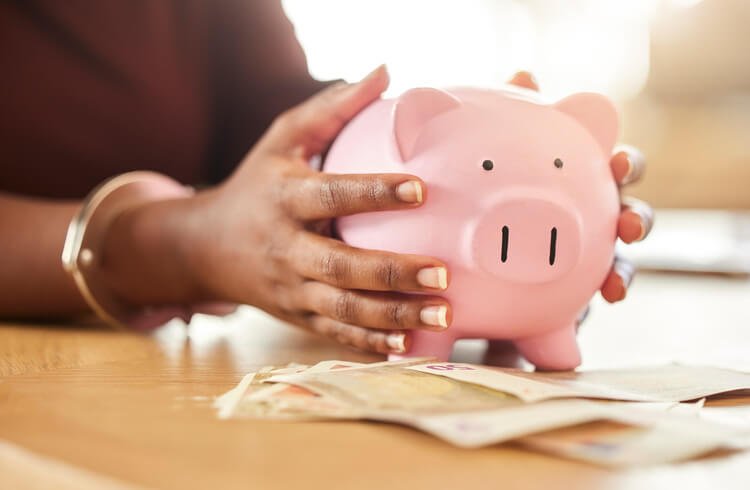Life is unpredictable, and unexpected expenses can pop up at any moment, leaving us feeling financially vulnerable. An emergency fund is a crucial safety net that can provide much-needed relief during challenging times.
It’s like having a financial superhero ready to swoop in and save the day! In South Africa, where economic fluctuations and unforeseen events are a reality, having an emergency fund becomes even more essential.
So, let’s dive into some smart saving techniques to build that financial safety net and secure your peace of mind.
1. Start small, but start now
Creating an emergency fund might seem like a daunting task, especially if your budget is tight. But remember, every journey begins with a single step. Even setting aside a small amount consistently can make a significant difference over time.
Look closely at your expenses and identify areas where you can cut back. Perhaps it’s that daily cup of artisanal coffee or ordering takeout a little less frequently. Allocate this saved money to your emergency fund and gradually increase the amount as you can afford to. The key is consistency; even small contributions will add up over time.
2. Choose the right savings account
Not all savings accounts are created equal. When it comes to your emergency fund, you want your money to work as hard as possible for you. Research different banks and financial institutions to find an account with the best interest rates and benefits.
Ideally, look for an account that matches or surpasses the inflation rate (around 6.5% or more). While some might consider investing in the emergency fund, remember that accessibility is crucial during emergencies, so choose an account that allows for easy and fee-free withdrawals.
3. Prioritise flexibility
Emergencies don’t wait for the right time; they strike when least expected. Hence, it’s essential to have quick and hassle-free access to your emergency funds. Some accounts might have strict withdrawal policies or fees for immediate access, which could defeat the purpose of having an emergency fund.
Read the terms and conditions of your chosen account carefully, and don’t hesitate to ask questions if anything is unclear. Flexibility in accessing your funds can be a real game-changer during emergencies.
4. Determine the right amount to save
The ideal size of an emergency fund varies from person to person, depending on individual circumstances. As a general rule of thumb, aim to save at least three times your monthly expenses.
While this might seem daunting, especially for those on tight budgets, don’t be discouraged. Seek advice from a financial planner or advisor to assess your unique situation and make realistic adjustments. You could also consider reducing your expenses by living on 80% of your income and directing the remaining 20% to your emergency fund.
5. Treat your emergency fund as a moving target
Life is ever-changing, and so are your financial circumstances. Your income and expenses may fluctuate, so it’s crucial to adapt your financial planning accordingly.
Treat your emergency fund as a dynamic entity that requires periodic evaluation and adjustment. Regularly re-evaluate your needs and the adequacy of your fund. This way, you can make necessary adjustments without feeling financially strained.
Building an emergency fund in South Africa is a vital step toward achieving financial stability and peace of mind. Start small, but start now – even the tiniest contribution can make a difference. Look for accounts with attractive interest rates and flexibility. Determine a reasonable savings goal based on your unique situation and seek professional advice if needed.
And remember, your emergency fund is not set in stone; it’s a flexible tool to adapt to life’s changing circumstances. With the right smart saving techniques, you can build a robust emergency fund that will protect you when you need it most. So, take control of your financial future and embark on the journey of building your emergency fund today!
